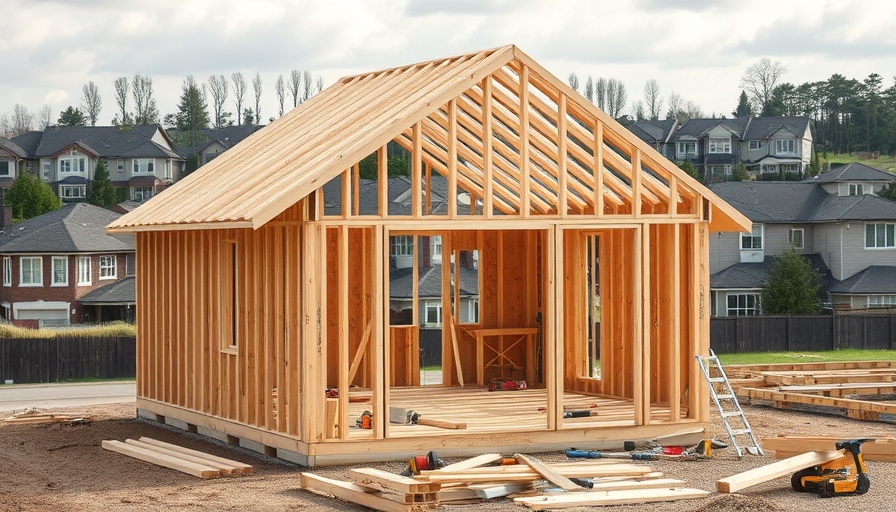
San Diego City Council Restricts Bonus ADU Program Amid Controversy
The San Diego City Council's recent 5-4 vote to amend the Bonus Accessory Dwelling Unit (ADU) program has sparked a wave of debate among residents and officials. The decision came after a multitude of public testimonies expressing concerns about the program's impact on neighborhood integrity and infrastructure.
Understanding the Controversy Surrounding ADUs
Accessory Dwelling Units, commonly referred to as ADUs, have been proposed as a method to alleviate housing shortages in urban areas. However, their rapid proliferation has led to fears of overdevelopment, particularly in single-family neighborhoods. Council members who supported the amendments cited potential dangers of over densification, which could compromise essential services and neighborhood character.
Public Opinion: A Divided Community
During the council meeting, public sentiment was palpable as more than 200 individuals testified on the matter. The vast majority raised concerns about uncontrolled ADU growth. Critics of the program have drawn on specific cases where neighborhoods were transformed, leading to overcrowding and strained resources. For instance, communities like Mission Beach have argued that local infrastructure cannot support more units without risking public safety.
The Role of Smart Regulation
As sentiment grows against unrestricted ADUs, proponents are calling for smart regulation that balances the urgent need for housing with community integrity. Bruce Coons from Save Our Heritage Organization suggested focus should be placed on deed-restricted, below-market housing that serves families in need while preserving the historical character of neighborhoods.
A Future With Balanced Development
The amendments proposed by the City Planning Department aim to restrict minimum and maximum unit sizes, enforce stricter penalties for unauthorized constructions, and implement new community enhancement fees. Such measures, aimed at maintaining neighborhood character while addressing housing demand, represent a compromise in San Diego's ongoing struggle with housing policy.
Moving Forward: What’s Next?
The San Diego City Council's vote serves as a clear signal of the complex challenges facing local governance as they navigate public demand for housing against the backdrop of community preservation. As discussions continue in the community about what responsible and sustainable development looks like, it’s imperative for residents to stay informed and engaged in the policymaking process.
If you care about local news and wish to stay updated on housing developments in San Diego, consider supporting initiatives that promote transparency and community engagement.
 Add Row
Add Row  Add
Add 




Write A Comment